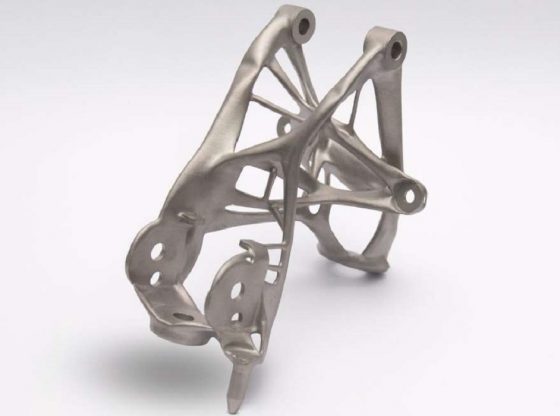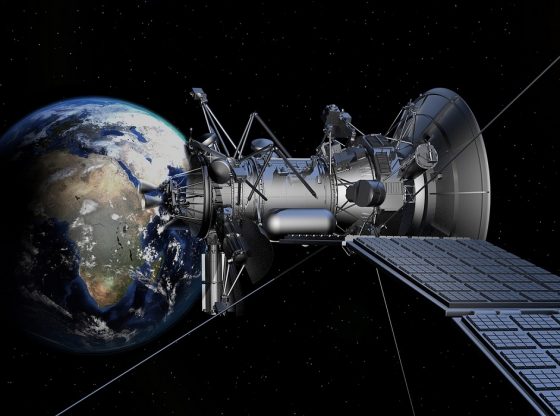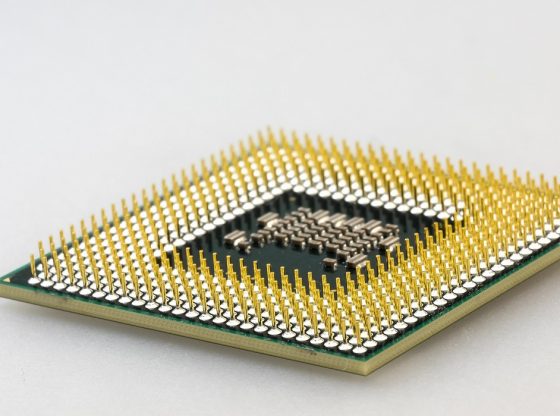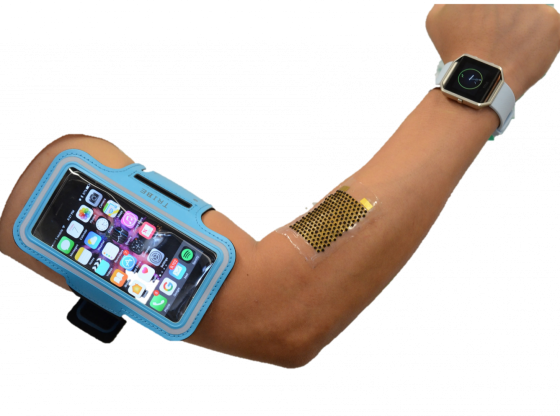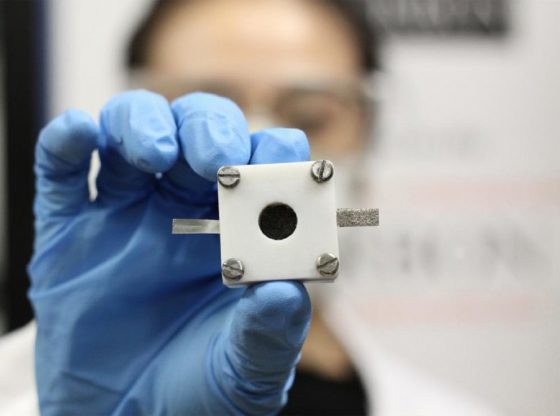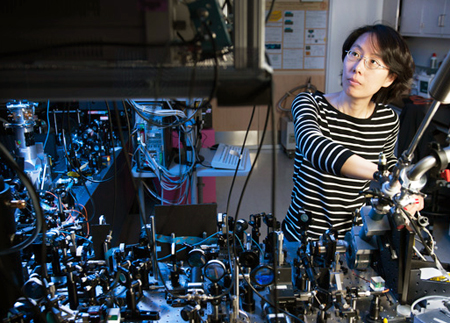
A new groundbreaking laser called the polariton laser has been developed at Stanford University.
The idea for the laser was actually theoretically presented 17 years ago, but only now has it been built. And building the laser was indeed a team effort by the scientists at Stanford. Unlike a previous attempt, they managed to build the laser to work on its own using electricity. This was an important step in a previous attempt to build it made work when only sustained via another laser.
Polariton = Efficiency
Na Young Kim is a physicist at Stanford University and describes the polariton laser like an inverted solar cell; “In a solar cell, you use light to form excitons and separate them into an electron and a hole electrically,” she said. “We bring together an electron and a hole electrically to emit light.”
What stands out as remarkable with this technology is its energy efficiency, as it uses far less energy than a conventional laser. When operating at its best, it only uses about a hundredth of the energy compared to a conventional laser.
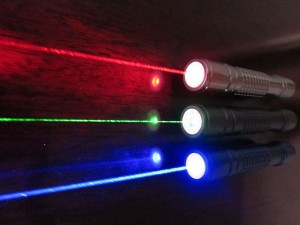
Green laser 532nm and
Blue laser 445nm
Another major feat is its ability to be turned on and off in a few picoseconds. When the power is turned on, the photons begin to form immediately.
The technology may revolutionize all aspects of present laser usage and replace conventional lasers. Being so fast, this gives it a great advantage when integrated into semiconductors.
Replacing Conventional Lasers
Considering how lasers are used in a very broad spectrum of areas. This breakthrough may have great implications for all these areas of usage.
- Medicine: Bloodless surgery, laser healing, surgical treatment, kidney stone treatment, eye treatment, dentistry
- Industry: Cutting, welding, material heat treatment, marking parts, non-contact measurement of parts
- Military: Marking targets, guiding munitions, missile defense, electro-optical countermeasures (EOCM), an alternative to radar, blinding troops.
- Law enforcement: Used for latent fingerprint detection in the forensic identification field[33][34]
- Research: Spectroscopy, laser ablation, laser annealing, laser scattering, laser interferometry, LIDAR, laser capture microdissection, fluorescence microscopy
- Product development/commercial: Laser printers, optical discs (e.g. CDs, Bluray and the like), barcode scanners, thermometers, laser pointers, holograms, bubble grams, TVs (OLED)
- Laser lighting displays: Laser light shows
- Cosmetic skin treatments: Acne treatment, cellulite, and striae reduction, and hair removal.
- Nuclear Fusion: Development and research
There is a big drawback yet to be solved by the scientists, though. The laser only works with electrically as long as it is cooled by liquid helium. The researchers are however hopeful that a change of semiconductor material would permit operating it at room temperature.
Na Young Kim believes that the research and development of viable commercial lasers may take five to ten years. The laser now operating at Stanford is already being used. Scientists use it to develop quantum computers.
The research were presented in the scientific journal Nature.
______________
Solid State Electrically Injected Exciton-Polariton Laser
____________________________



